In August of this year, I published an essay in which I raised concerns about Roedean’s new ‘anti-discrimination’ policy. I explained that the document was based on the principles of Critical Race Theory, with the core ideological problem being the policy’s explicit recognition of ‘microaggressions' as constituting a form of racism.
I argued that the use of concepts and frameworks imported from the world of Critical Race Theory – such as “microaggressions” – fatally undermines the civil rights of teachers and makes the school virtually unusable by anyone who values a classical, liberal education. Roedean has now removed the ‘anti-discrimination’ policy from its website.
Like countless other schools in South Africa, and across the broader English-speaking world, St Mary’s Waverley was a target of the wave of “anti-racism” activism which erupted following the death of George Floyd in the United States in May 2020. St Mary’s Waverley responded to this activism by issuing a statement in which it expressed its support for the Black Lives Matter movement.[1] A group of current and former students made a series of allegations giving rise to a firestorm of controversy.
St Mary’s Waverley commissioned an external investigation into the allegations, which was led by Advocate Thandi Orleyn, who is a prominent lawyer and businessperson. Advocate Orleyn is most notable for being a co-founder of Peotona Group Holdings, a majority black women-owned investment firm,[2] and is a former senior partner of the commercial law firm, Routledge Modise.[3]
She serves as the chairperson of BP Southern Africa and Impala Platinum Holdings, and is a board member of De Beers Consolidated Mines, the Industrial Development Corporation of South Africa and Toyota South Africa.[4] She has also served as a non-executive director of the South African Reserve Bank[5] and is a member of the ANC’s National Disciplinary Committee.[6]
Advocate Orleyn was assisted in the investigation by Ms Zanele Masoek of Tokiso Dispute Settlement (Pty) Ltd; Advocate Orleyn is the Chairperson of Tokiso.[7] To the credit of the leadership of St Mary’s Waverley, the Orelyn-Masoek Report (Report) was made freely available to parents and teachers, and I have posted a copy of the Report here.
I have reviewed the Report and have serious concerns about its underlying ideology, its analytical framework, its methodology and its findings.
Microaggressions: Weapons of reputational destruction[8]
The Report is entitled ‘The Investigation Into Allegations of Microaggressions and Discrimination Held at St Mary’s School Waverley’.
The term “microaggressions” was first proposed by Harvard University psychologist, Chester M. Pierce, in the 1970s and then popularised in a 2010 book written by an American psychologist named Derald Wing Sue. It refers to 'commonplace verbal, behavioural or environmental indignities, whether intentional or unintentional, that communicate hostile, derogatory, or negative racial slights and insults towards people of color’.[9]
As I explained previously on Roedean, the fundamental problem with the concept of “microaggressions” is that it is both undefined and all-encompassing. According to the University of Minnesota, the following remarks or situations would constitute “microaggressions”:
Asking someone where they are from or where they were born;
Complimenting a “person of colour” on being articulate;
Promoting colour-blindness or identity-blindness;
Promoting meritocracy, for example, by stating that the most qualified person should be given a job;
Promoting hard work, for example, by stating that everyone can succeed in this society if they work hard enough;
An educational institution which has buildings named after white, heterosexual, upper class males commits what is referred to as an “environmental microaggression”;
White people who deny their racial biases also commit a “microaggression”.
The trouble here should be obvious. Not only do “microaggressions” include an array of statements and actions which is so broad as to be virtually indeterminate, but many perfectly normal, harmless, and legitimate human interactions can be interpreted as being “microaggressions” resulting in the “perpetrator” (almost always a white person) being declared a “racist”. Furthermore, the concept of “microaggressions” mandates that people and institutions adopt an explicitly Marxist worldview. It does this by prohibiting the promotion of meritocracy and identity blindness.
It is important that this ideological background be set out in detail, for the concept of “microaggressions” is fundamental to the Report. Not only does the term feature in its title, but it appears more than 50 times in the 52-page document. Orleyn and Masoek explicitly endorse the concept of “microaggresions” and make direct reference to Derald Wing Sue’s definition of the term.[10] They include a diagram from Sue’s book which indicates that colour-blindness, meritocracy and a white person who denies that he or she is a racist are all microaggressions.[11] They also refer to the related concept of “unconscious bias”[12] and state that “unconscious biases that have not been identified by the individual may often lead to microaggressions.”[13]
It is important to appreciate how tactically important this expansion of the definition of racism is. No longer does racism merely mean discrimination or bullying on the basis of race. It now encompasses the full range of “microaggressions”. Having successfully shifted the goalposts, the “anti-racism” activists of St Mary’s Waverley could now set about trying to get some white teachers fired.
The allegations
I turn to scrutinising the actual allegations which were made against specific teachers. Unfortunately, this is more easily said than done.
We are told that ‘an investigation has been called to look into allegations of microaggressions and discrimination against seven teachers based in the senior school’.[14] These allegations had effectively been crowd-sourced by a group of girls who used Google Docs and social media to create what is ominously referred to as ‘the List’. However, the section of the Report which deals with the allegations is remarkably short and lacking in detail; so short that the relevant paragraph can be inserted verbatim:
‘The types of microaggressions and discrimination noted are summarised as follows:
the use of racist statements such as the use of the “n-word” in lessons beyond educating, making inferences that seek to liken blackness to poverty, and the use of terms such as monkeys when referring to pupils.
homophobic remarks made in lessons and attitudes perpetuated in the teachers’ enforcement of discipline deriving from an assumption of a pupil’s sexual orientation based on their looks.
the over-sexualisation of platonic relationships amongst the pupils.
microaggressions seen in the use of African names and confusing black pupils for each other; and
inconsistent treatment of black pupils versus white pupils in the application of discipline.’[15]
This passage is far from satisfactory. It does not provide the reader with any useful details regarding the alleged incidents or the relevant context in which they occurred. And context is all-important. With respect to the alleged use of derogatory language: were teachers at St Mary’s Waverley alleged to have used derogatory language directly against students? This, of course, would be completely unacceptable. But there is a world of difference between this situation and situations in which a teacher pronounces a derogatory word.
For example, at Fish Hoek High School in Cape Town a teacher pronounced the derogatory word “hottentot” when teaching Fiela se Kind by Dalene Matthee. (The word “hottentot” appears on the final page of the book.) This triggered a week of raucous anti-racism activism followed by a disastrous intervention by a “diversity-and-transformation consultant” called Asanda Ngoasheng. The teacher in question was suspended, subjected to a disciplinary hearing and eventually cleared of the charges. Nevertheless, the trauma of the entire episode was so severe that she left the school.[16]
Then there is the ludicrous instance of Anneke Smit, a teacher at a Pretoria school who was accused of racism after she pronounced the word “polisiemannetjie” in class. This word is, of course, the Afrikaans diminutive for “polisieman” (i.e. a little policeman) and is pronounced as “po-lee-see-mun-nuh-key”. A girl misconstrued this term as being “police monkey” and accused Ms Smit of racism. Following a six-month investigation and a disciplinary hearing, Ms Smit was found guilty of racism and was dismissed from her job. Her appeal to then Gauteng MEC for Education (and now Premier of Gauteng), Panyaza Lesufi, was dismissed and her trade union, the SA Teachers’ Union, was denied access to audio recordings of her disciplinary hearing. It was only after lobby group Solidarity assisted her to approach the Education Labour Relations Council that Ms Smit was cleared of wrongdoing and was reinstated to her position.[17]
The above incidents demonstrate why allegations of racism in South African schools should not simply be taken at face value but should be subjected to proper scrutiny. At a minimum, this must include consideration of the context of the alleged incident and the intent of the accused person. This is especially necessary in light of the endorsement of the concept of “microaggressions” which opens the door to all manner of abuse. Unfortunately, the Report provides no such background for the allegations that were made at St Mary’s Waverley.
The evidence, findings and sanctions
Normally, a legal report would evaluate the relevant evidence before reaching a conclusion on the guilt or innocence of the accused individuals. But the Report contains none of this. Instead, the investigators appear to have simply assumed the guilt of the teachers and moved straight to the sanctions which are as follows:
‘We accordingly recommend that: -
The contracts of two of the teachers should not be renewed at the end of the year.
In the case of one staff member, that there should be a mediated conversation between her and the pupil affected.
That an apology be issued to a wider group of girls than she had previously done by one of the teachers.
In the case of the remaining three teachers, that they should continue to engage meaningfully in the diversity workshops arranged by the school and participate in structured workshops around diversity and inclusion.’[18]
Allowing contracts to expire without renewing them is a convenient way to deal with the controversy. Convenient – but also cowardly. These teachers were never given an opportunity to defend themselves in a proper disciplinary hearing. Perhaps this is a tacit acknowledgement that, if the matter were dealt with in a proper tribunal, the accused teachers would not have been dismissed. After all, it is hard to believe that a professional adjudicator would keep a straight face whilst hearing that a teacher should be fired because she committed a “microaggression”.
So, what actually happened at St Mary’s, Waverley?
Anyone looking for a clear and detailed explanation of what exactly the accusations were at St Mary’s Waverley is unlikely to be enlightened by the Report. Ms Deanne King, head of the school, kindly agreed to meet with me. Along with one of Ms. King’s colleagues, we had a pleasant and friendly meeting. Unfortunately, Ms. King was not inclined to shed more light on the specific allegations, other than to say that what the teachers had allegedly said to the complainants could potentially have been interpreted as being offensive.
I am struck by how many schools become remarkably cagey about the outcome of their racism investigations. Herschel Girls School, St Stithians Girls College and St John’s College all insist on keeping legal reports into racism locked away in a folder labelled “Top Secret”.
St Mary’s Waverley published their Report but, as we can see, it obscures more than it illuminates. It is as if the schools’ respective leaders are keen to wrap up the episode with the official narrative undisturbed: that, yes, the school was indeed horribly racist, but they have now taken corrective action, a few bad people have “departed” and now we can all move on into a reformed, more progressive era.
Whatever the case, I am quite confident that there was, in fact, nothing which even remotely measured up to the original complaints. By this, I mean incidents in which racism is properly defined as meaning discrimination or bullying on the basis of race. It is only when the new, expanded definition of racism is used (the one which incorporates “microaggressions” and other nonsense from the world of Critical Race Theory) that any such incidents could be identified. Even then, it proved extremely difficult for the investigators to find anything of substance; certainly nothing that the school would feel comfortable exposing to public scrutiny.
Occasionally, the Report inadvertently reveals something that gives a clearer idea of what is going on:
‘It could not escape our thoughts how much trauma remains in all individuals and how it is seemingly passed on through the DNA of the Nation, from generation to generation, in light of the suffering this Nation endured during Apartheid.’[19]
This may be true, but it is interesting that this trauma seems to have been dormant until diversity and transformation consultants started running divisive workshops at the school.
And then there is this remark:
‘Some parents still harbour the hurt and pain of their experiences and may impute these attitudes onto their girls thus propelling their own agendas rather than operating within the climate their girls exist in today.’[20]
For the first time I sensed that the investigators may have gained a glimpse of something that approximates the truth of what has actually been going on at St Mary’s Waverley. However, I suspect that the problem had less to do with the children’s parents and more to do with their older siblings and former classmates. Many of these girls had moved on to encounter Critical Race Theory at university: at UCT or Stellenbosch or Wits or – even worse – at places like Princeton or Harvard or Stanford. It is the older cohort (empowered by the extraordinary reach of social media) who brought Critical Race Theory into the schools.
A litany of procedural and methodological errors
In addition to failing at its core mandate – to report clearly on what happened at St Mary’s Waverley and to dispense justice in a fair and rational manner – the Report also contains a number of serious procedural and methodological errors.
The acceptance of anonymous allegations
The first problem relates to the fact that ‘the contributions made to the [List of accusations] are largely anonymous’.[21] Whilst it is acceptable for allegations to be made in a confidential format, anonymous allegations should generally not be accepted, especially in the absence of objective corroborating evidence. In my essay on Roedean’s anti-discrimination policy, I explained that the right of an accused person to confront his or her accuser in an open inquiry is a cornerstone of procedural justice. It is particularly unfair and cowardly that students used social media to amplify the allegations in the most public way imaginable – causing enormous stress for the accused individuals – whilst themselves sheltering under the cloak of anonymity.
This all sounds very similar to what happened at St Stithians Girls’ College, where a memorandum containing allegations of racism was submitted to the school. Of the 67 allegations, 54 were made anonymously. Despite being invited to share their experiences in a confidential setting, not even one of the anonymous complainants contacted the investigating law firm. In separate incidents, several white girls at the school were accused of racism, again mostly by anonymous complainants. One of the girls was accused of sending a WhatsApp message but was later cleared of any wrongdoing.
Lack of clear evidence
Orleyn and Masoek remark quite openly that the girls were far from convincing when providing evidence.
‘In interviews conducted with some pupils living in boarding houses there appeared to be reluctance in answering some of the questions pertaining to the Named Teachers openly.’[22]
…
‘The discomfort and apprehension of the girls, especially those forming complainants, was palpable. Whether this is real or merely perceived to result in adverse consequences, the need to address the root of such perceptions and fears is urgent.’[23]
…
‘One of the girls interviewed who also is a boarder at the school displayed heightened apprehension to answering the questions reiterating not desiring to jeopardise herself by expressing herself too openly. When further questioned as to how this could materialise, she displayed hesitation and discomfort leaving the investigators unwilling to pry further for fear of leaving the girl feeling too exposed and vulnerable.’[24]
Well, this is one possible interpretation of the girls’ behaviour. An alternative view is that the girls who had gleefully participated in the online outrage mob suddenly found themselves sitting in front of lawyers and realised that it was not so easy to provide substance to their allegations. Either way, the investigators seem disappointed that the girls did not have much to say.
I also think that it is telling that “There were no parents from [the Parents Association] who approached the investigators to address some of the issues noted by the girls.”[25] If the complaints were credible, then I would have expected parents of complainants to have become more involved.
Dubious fears of reprisal
Building on the point above, Orleyn and Masoek devote a section of the Report to ‘Fear of reprisal, feelings of powerlessness and culture of silence’.[26]
According to the investigators:
‘There is a perceived or apparent abuse of power lauding itself over the girls in an insidious manner as many who express this fear are afraid of backlash, albeit in different forms, but backlash, nonetheless.’[27]
They claim that ‘It is similarly essential to understand the great courage required from a pupil to speak up about discrimination and the possible reprisal if not taken seriously’[28] and that ‘it is important to recognise the inherent power dynamic that exists between a teacher and a pupil'.[29]
This is, quite plainly, complete nonsense. Joining a Woke mob that is denouncing teachers on the Internet requires no bravery – especially when you are doing so anonymously. There will be no consequences, no accountability and no sanction for false allegations of racism. The girls at St Stithians College simply faded away after a law firm concluded that ‘further investigations of these matters were unnecessary in light of the assessment of each complaint’. Ludicrously, St John’s College still stands by its initial narrative that a boy at Michaelhouse used derogatory language on a hockey field, despite the school’s effectively chickening out of its own disciplinary hearing after I published an article highlighting some very problematic information.
Indeed, Orleyn and Masoek effectively concede this point, stating that ‘When questioned about any previous experience of backlash or viewed repercussions or retaliations against pupils who had raised grievances, the pupils could not recount any incident.’[30]
And so the ‘fear of reprisals’ – just like the allegations of racism – is more imaginary than real.
Reliance on hearsay
For fairly obvious reasons, the following paragraph in the Report is concerning:
‘Some of the girls have recalled incidents contained in the List that they either heard through a friend, classmate or through the grapevine however may not have directly experienced the incident.’[31]
Likewise, the following remark does not inspire confidence:
‘Concerning allegations were also made of teachers in positions of authority enjoying protection in light of their longstanding relationship with the school and parents through sporting activities, and how this affords such individuals unfettered powers and resultant abilities to abuse this power.’[32]
Highly generalised allegations are often repeated by Orleyn and Masoek without substantiating details being provided and so it is impossible for anyone reading the Report to determine what the truth is. The job of an investigator is to sift substance from hearsay – not to amplify the hearsay. Sadly, the Report does little of the former and a great deal of the latter.
That the investigators prefer generalisations and platitudes over specific, credible allegations is reflected in the following passage:
‘The underlying microaggressions seen in some of these acts… lurk in the corridors of institutions standing the test of time. They ring through the halls and reverberate through the walls of celebrations of history and esteem. History and esteem embroiled in a blemished period in our South African identity.’[33]
Criticism of teachers’ defensiveness
Orleyn and Masoek express surprise and disappointment that the accused teachers ‘approached their interviews with the mindset of vindicating themselves rather than from the standpoint of having self-reflected’.[34] They state that:
'There is an immediate response of defensiveness rather than self-reflection. This evidences a continued inability to self-reflect and identify shortcomings despite initiatives introduced such as diversity evenings, lunchtime conversations and the coursework created on Racial Literacy, which many of the teachers indicated having attended.’[35]
…
‘Too many staff members have immediately defaulted to an outcry of hurt and fearing reputational damage. Few have indicated how they believe the pupils must feel having been subjected to an investigation as a minor and having lived with these experiences and how they have perceived them and the resultant effects on their psyche.’[36]
Quite why the investigators were surprised that teachers would defend themselves is mystifying, for in South Africa (and across the English-speaking world), being labelled as a racist will have absolutely shattering consequences for a professional person’s career and broader life. Importantly, the above remarks raise further questions about whether the investigators really approached this inquiry with an open mind and with a genuine commitment to let the evidence lead them to their conclusions.
Conclusion
The Report is a long, disorganised and rambling document, full of poor legal reasoning and inverted logic.
You do not need to be legally trained to identify and to understand its many flaws: its ideological foundations are based on “microaggressions”, “unconscious bias” and other highly dubious concepts from the field of Critical Race Theory; the allegations and evidence are not clearly explained whilst the findings are not properly justified; anonymous allegations are entertained; the testimony of many complainants and witnesses was far from convincing, whilst some allegations appear to have been based entirely on hearsay and generalisations.
The overwhelming impression which I am left with is that the Report follows a format that is common to Woke inquiries: it starts with the desired conclusion (that the school is racist), and then works backwards to try to find evidence and reasoning that fits the prescribed narrative. If this requires adopting an entire framework of thinking based on the principles of Critical Race Theory then so be it – anything to get the narrative to work. Anyone who tries to resist this exercise is viewed as an annoyance.
After all, having legitimised and validated the students’ social media protest, it was necessary for the school to show that action has been taken against the perpetrators of “racism”. In other words, someone needed to be sacrificed on the altar of Wokeness, otherwise it wouldn’t appear that the school was taking the problem seriously. The obvious answer – concluding that there was never a racism problem to begin with – simply does not appear to have been part of the realm of acceptable possibilities. There is no shortage of irony here, for it is, in fact, the accusers and the investigators who are the wellspring of “unconscious bias” and who, by the way in which they mistreat the accused, are the ones to commit “microaggressions”.
This story will be familiar to many parents and teachers who have been through Woke hell over the past few years. People who have been implicated in a racism scandal often think that the arrival of lawyers will bring a degree of objectivity and rigour to the situation; that “the adults” have finally entered the room. But it often turns out that the lawyers are just as Woke as the diversity-and-transformation consultants. Their judgment is just as dubious as that of the adolescent accusers who have been indoctrinated into the principles of Critical Race Theory. Instead of using evidence and reason in the pursuit of rationality and justice, lawyers often end up legitimising and validating the looniest concepts from the world of Critical Race Theory. And once you, as a teacher, have been unfairly condemned by the lawyers who act with the due authority and clout that is attributed to their profession, where then do you turn to clear your name and save your career?
Ultimately, whilst Roedean’s ‘anti-discrimination’ document provides a chilling insight into how the principles of Critical Race Theory can deform and corrupt a school’s policy framework, at St Mary’s Waverley we can see the destructive results of what happens when Woke theory is put into practice.
I can only reiterate the offer contained in my essay on Roedean: that if anyone at St Mary’s Waverley (or any other school) is subjected to something like this in the future I will gladly turn up to assist you, free of charge.
Notes can be found at Richard's substack at https://www.school-capture.com/waverley-witch-hunt.
The article was published by the Daily Friend on 25 November 2023


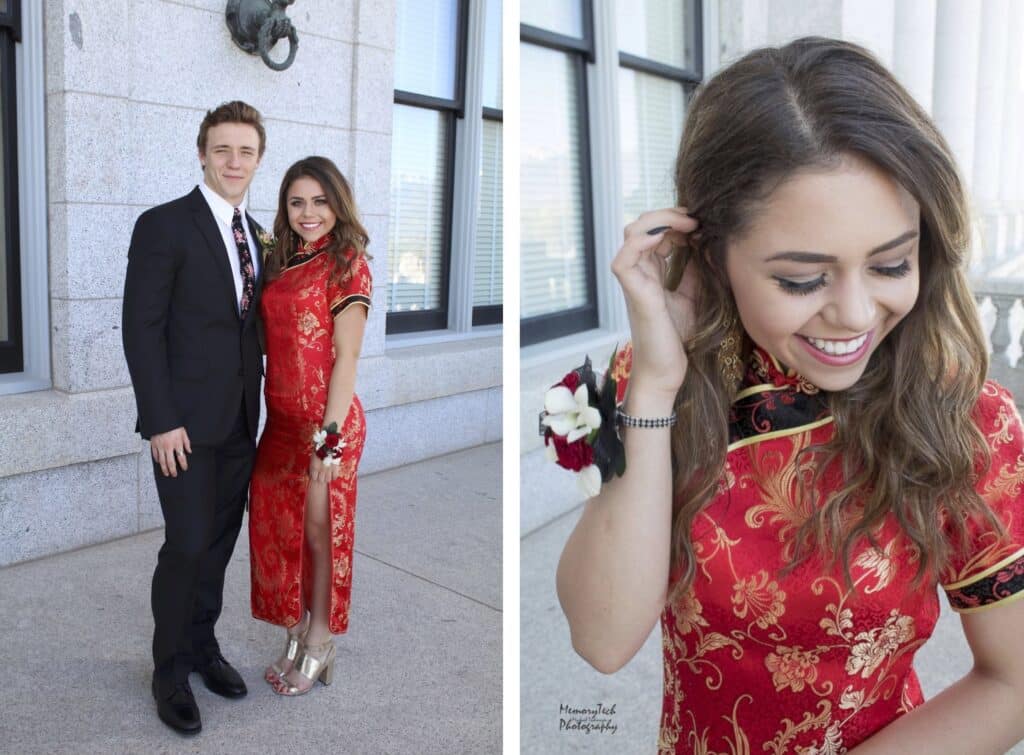 Keziah Daum wearing a qipao dress at her prom in Utah, United States
Keziah Daum wearing a qipao dress at her prom in Utah, United States
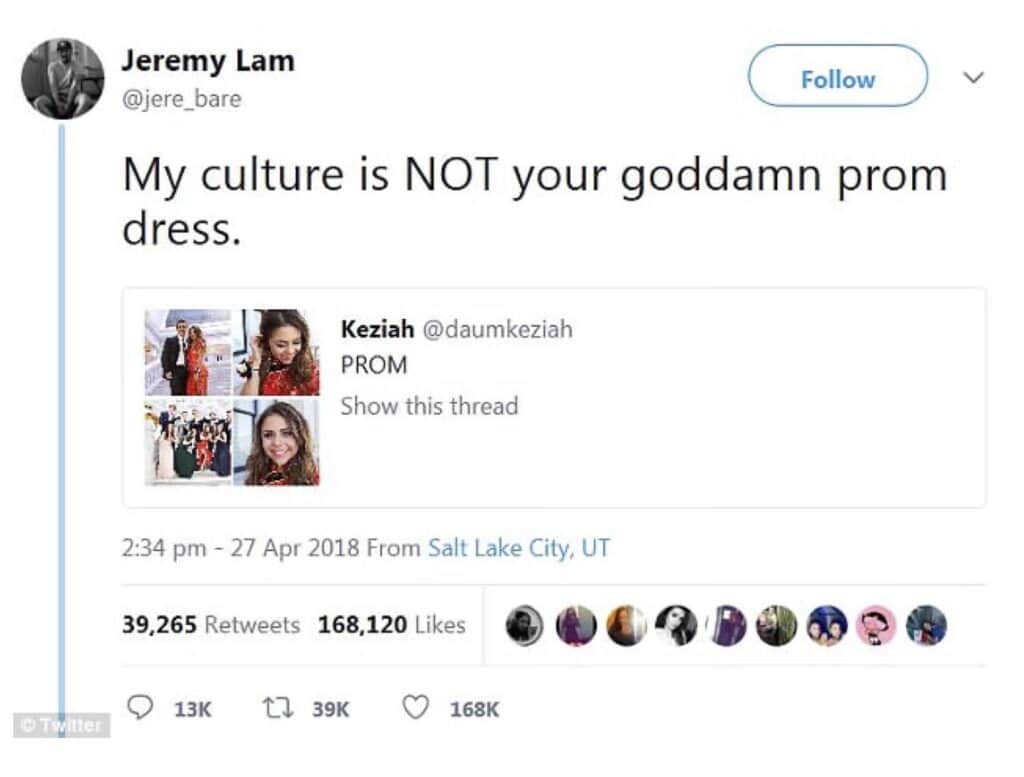
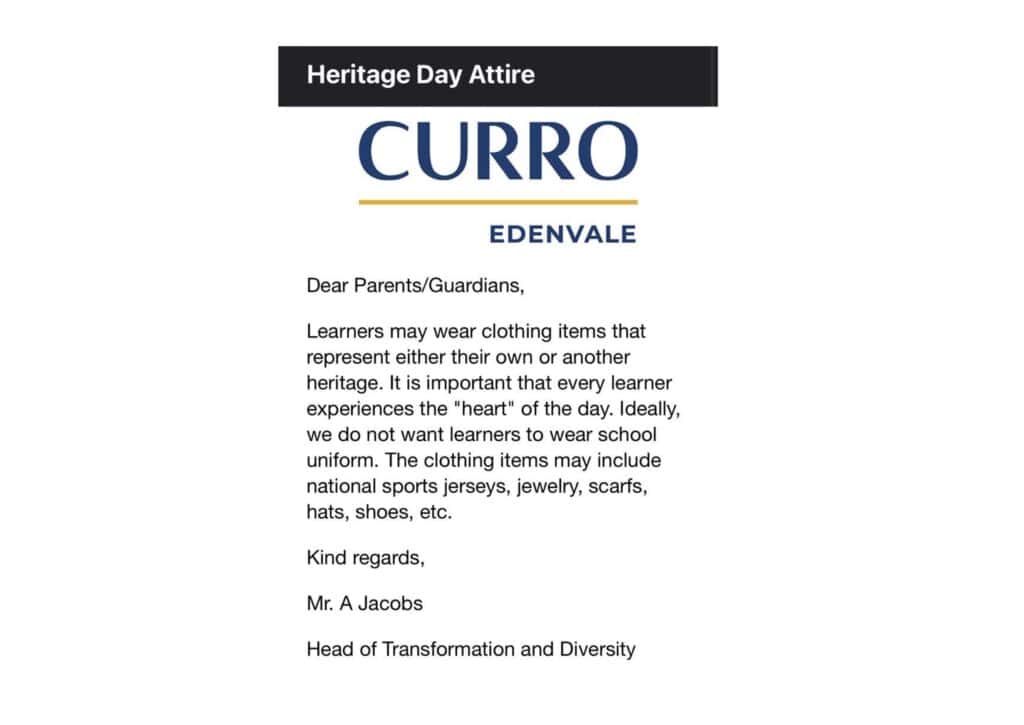
 Mr Magubane wearing a suit and tie. According to Wikipedia, “the modern lounge suit appeared in the late 19th century, but traces its origins to the simplified, sartorial standard of dress established by the English king Charles II in the 17th century.”[8]
Mr Magubane wearing a suit and tie. According to Wikipedia, “the modern lounge suit appeared in the late 19th century, but traces its origins to the simplified, sartorial standard of dress established by the English king Charles II in the 17th century.”[8]
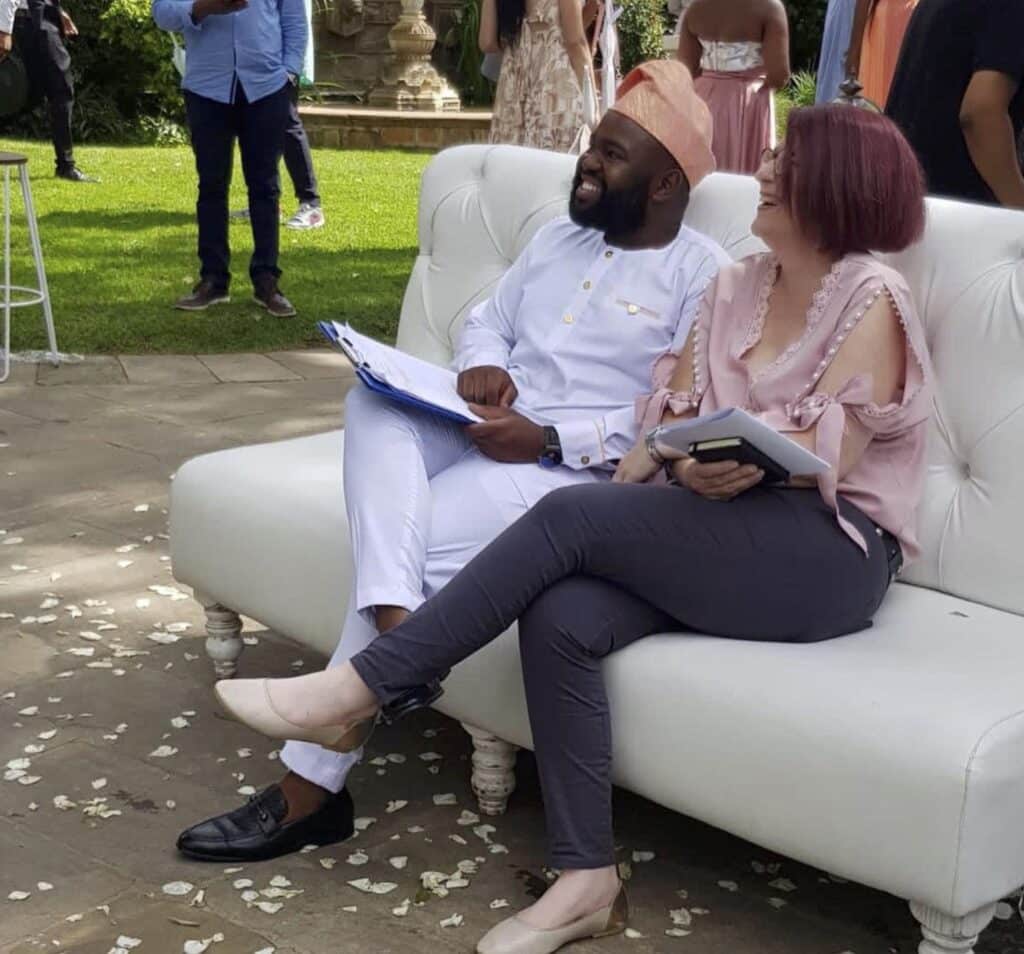 Mr Magubane wearing a dashiki suit and Yoruba Aso oke hat. Both of these garments originate in West Africa.
Mr Magubane wearing a dashiki suit and Yoruba Aso oke hat. Both of these garments originate in West Africa.



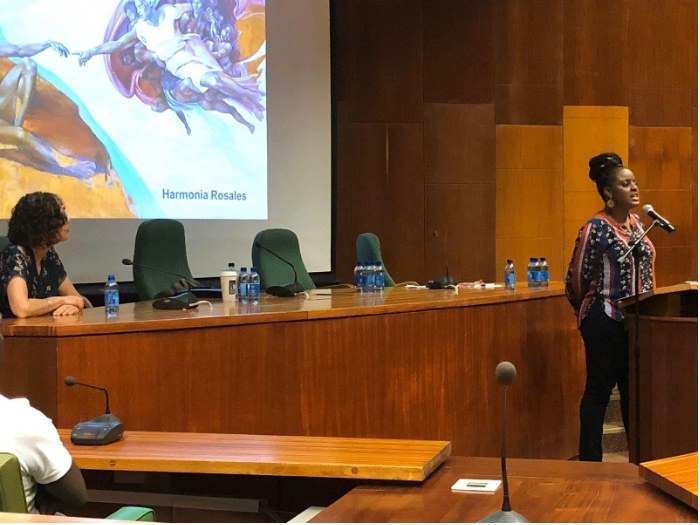
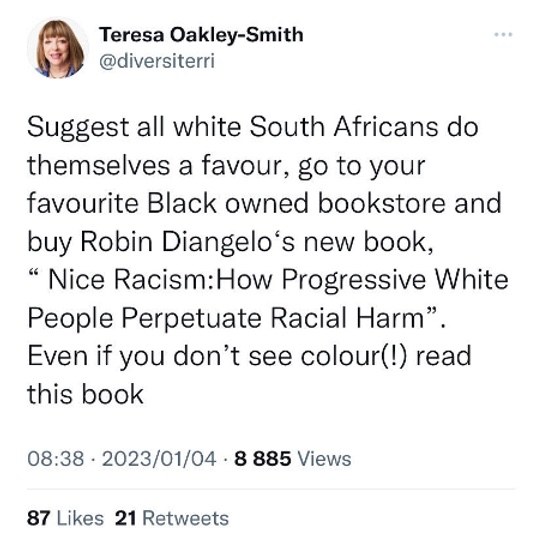
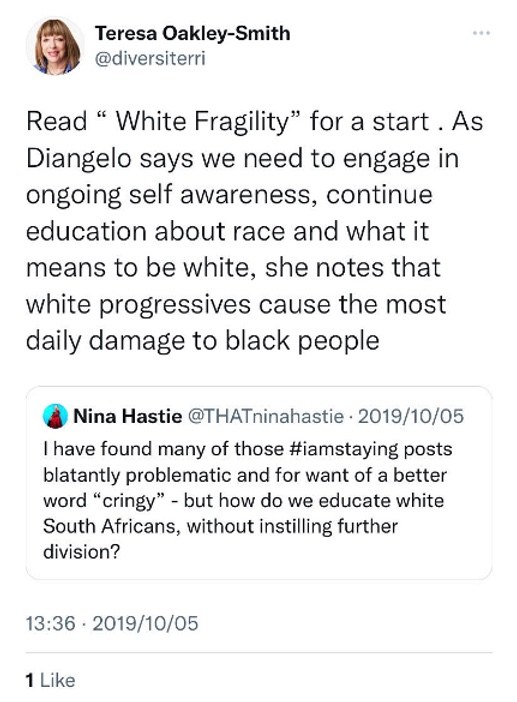
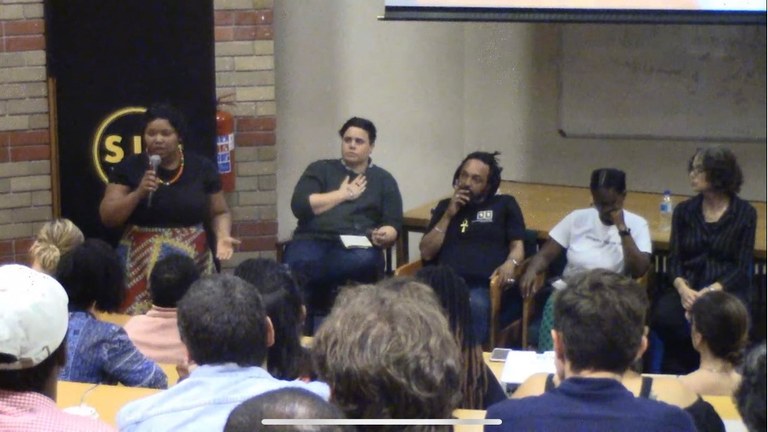
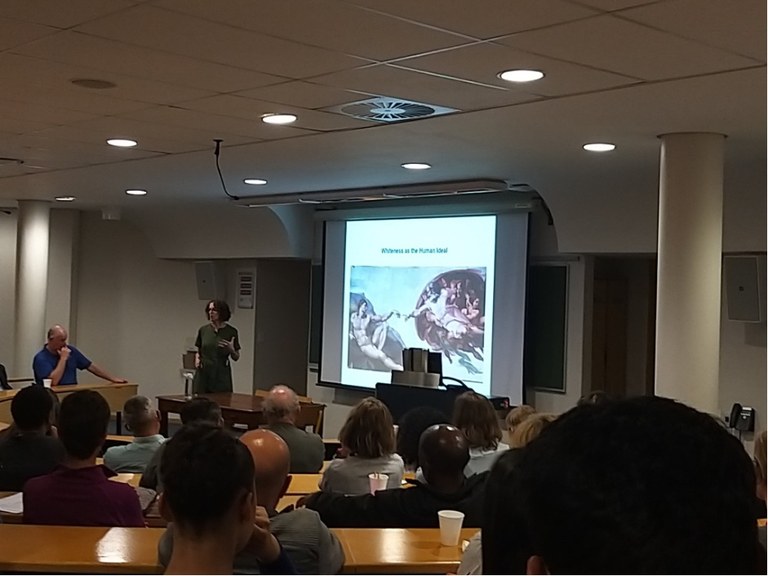 Robin DiAngelo presenting at the University of Cape Town, 11 November 2019
Robin DiAngelo presenting at the University of Cape Town, 11 November 2019 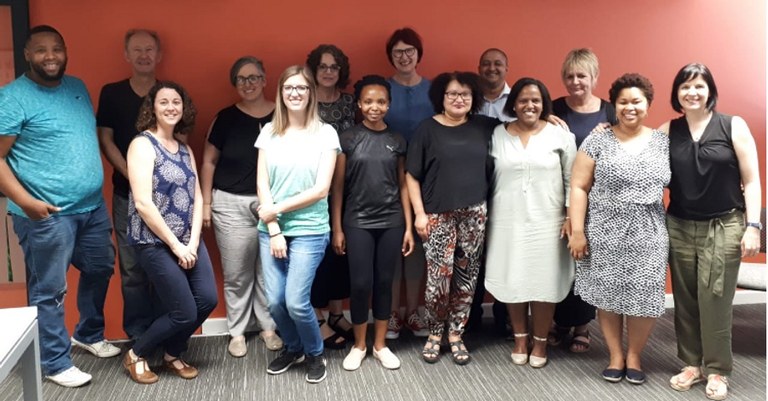
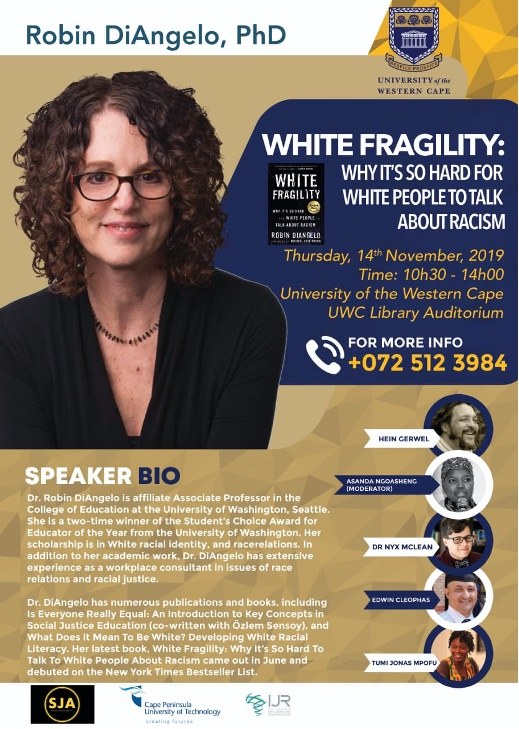
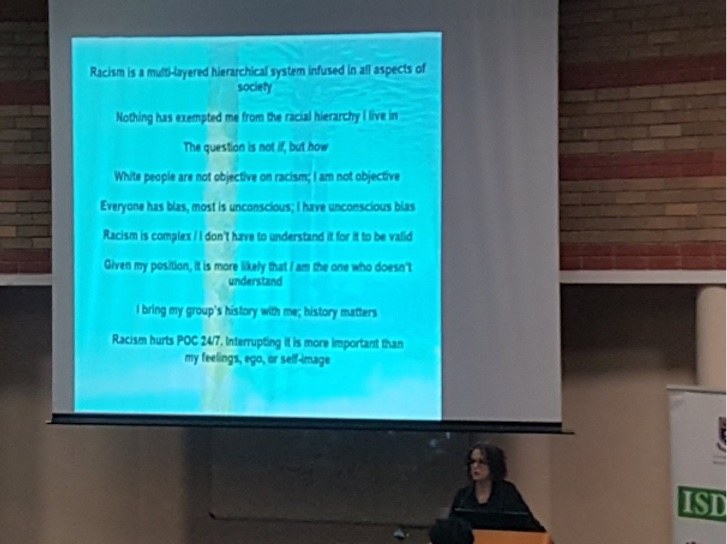
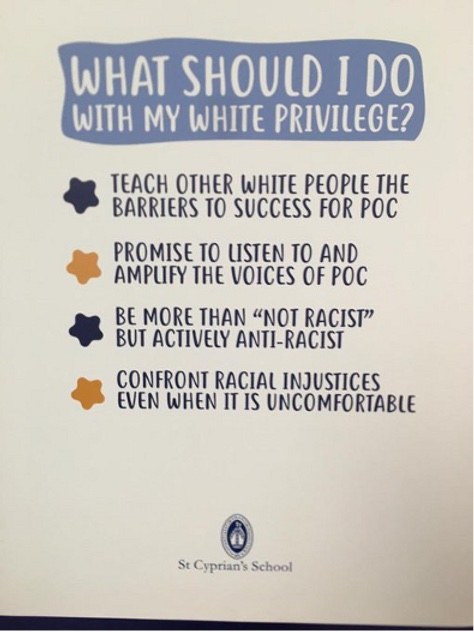
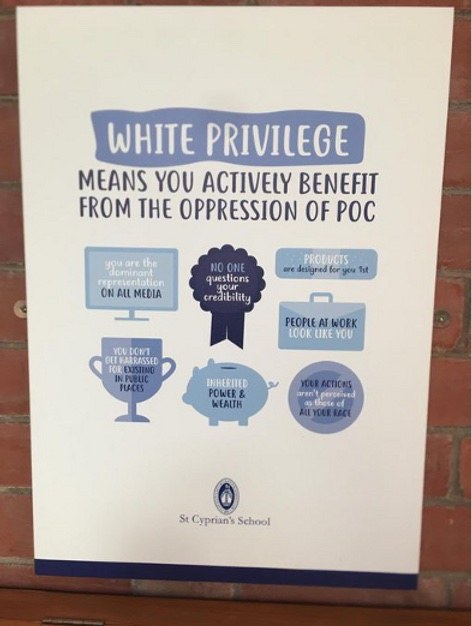

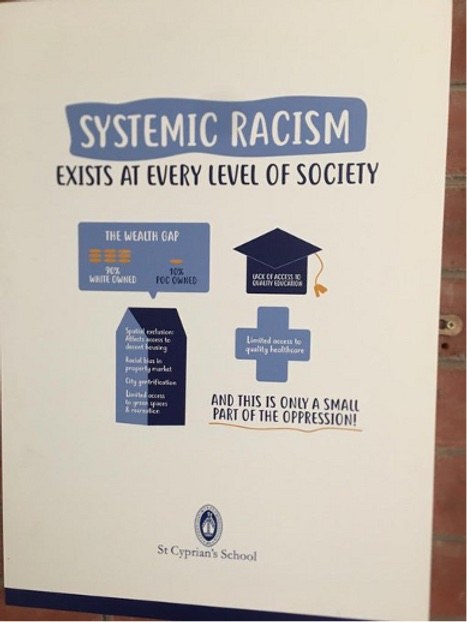
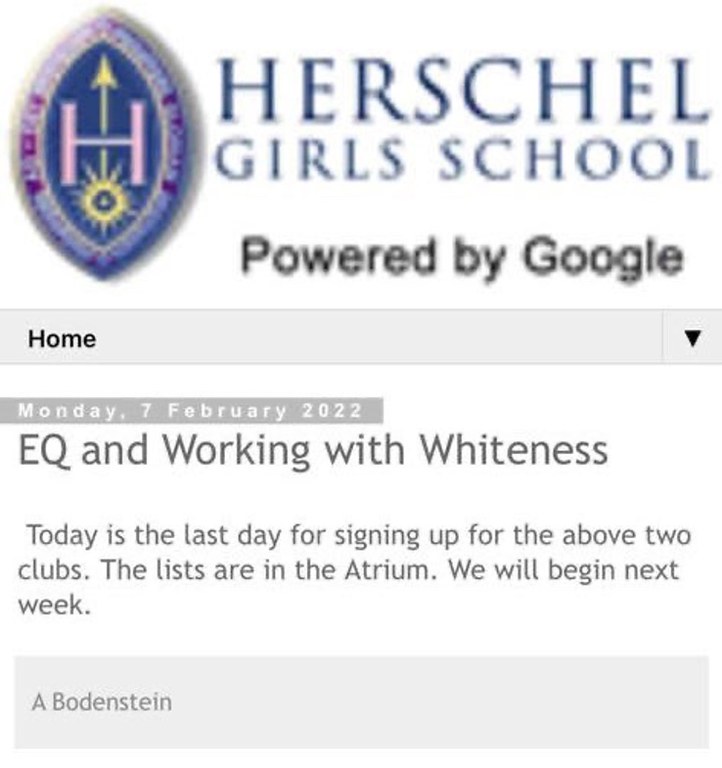


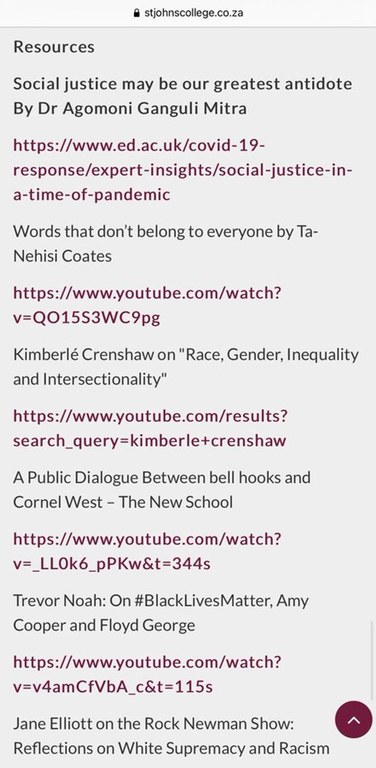

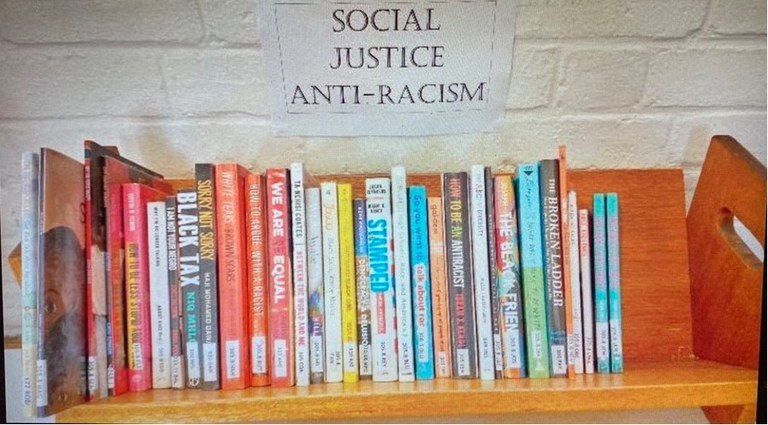
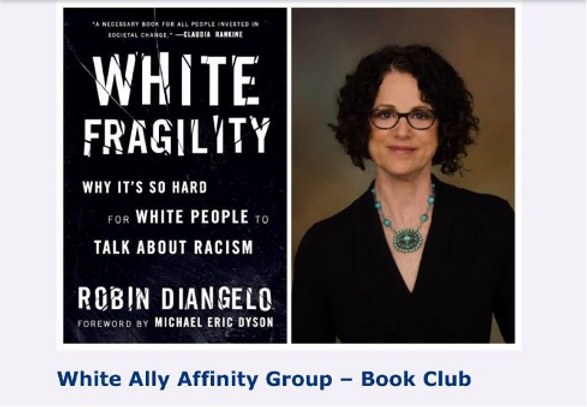
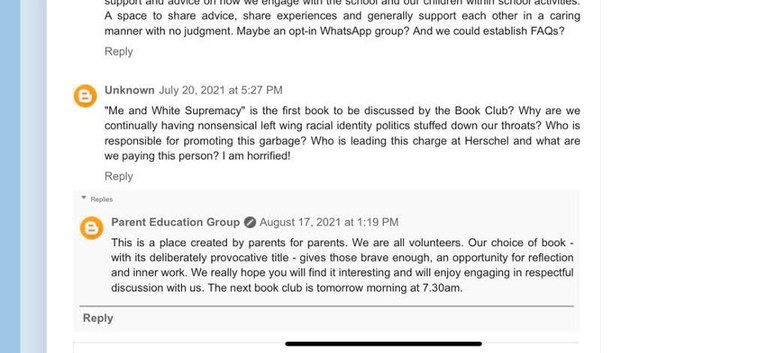
 Milton Academy Campus / Youtube
Milton Academy Campus / Youtube
